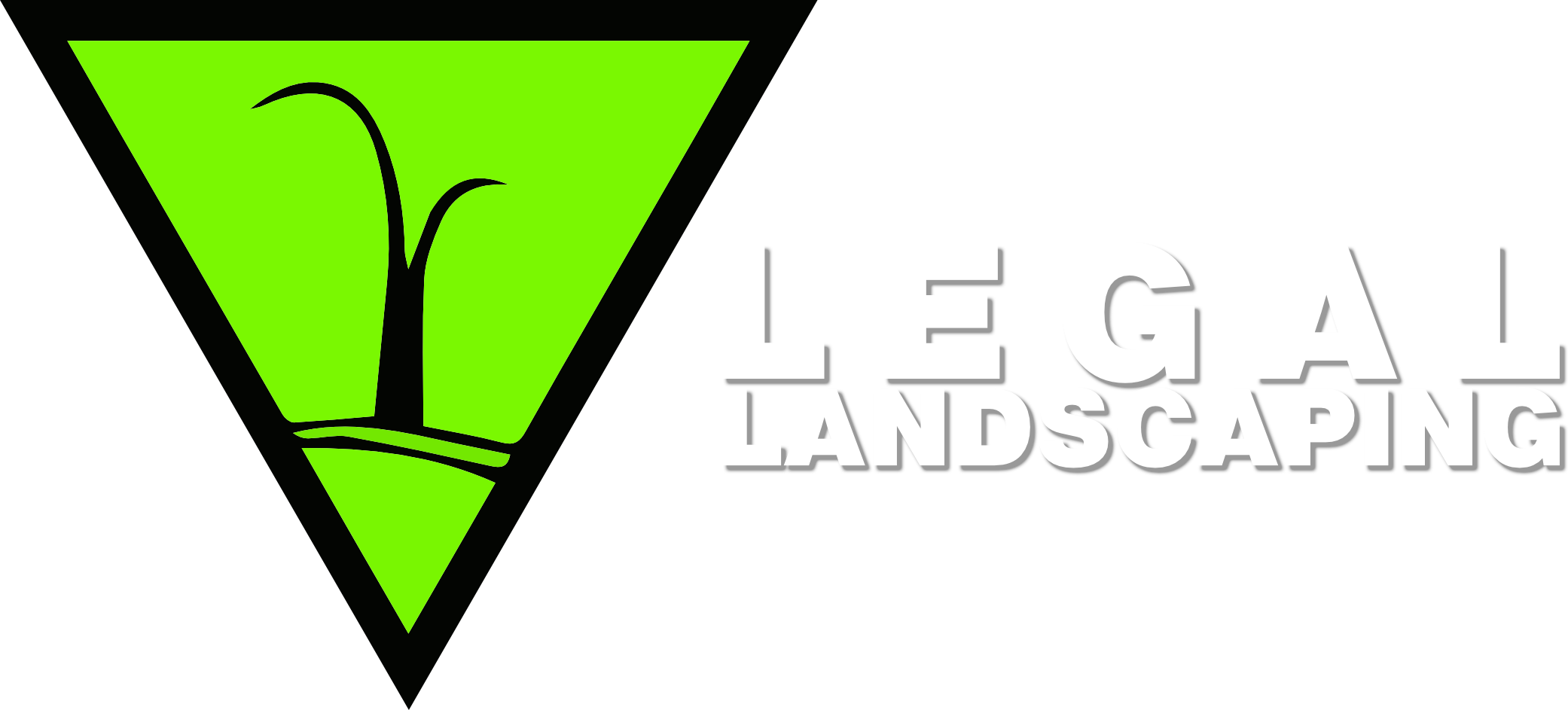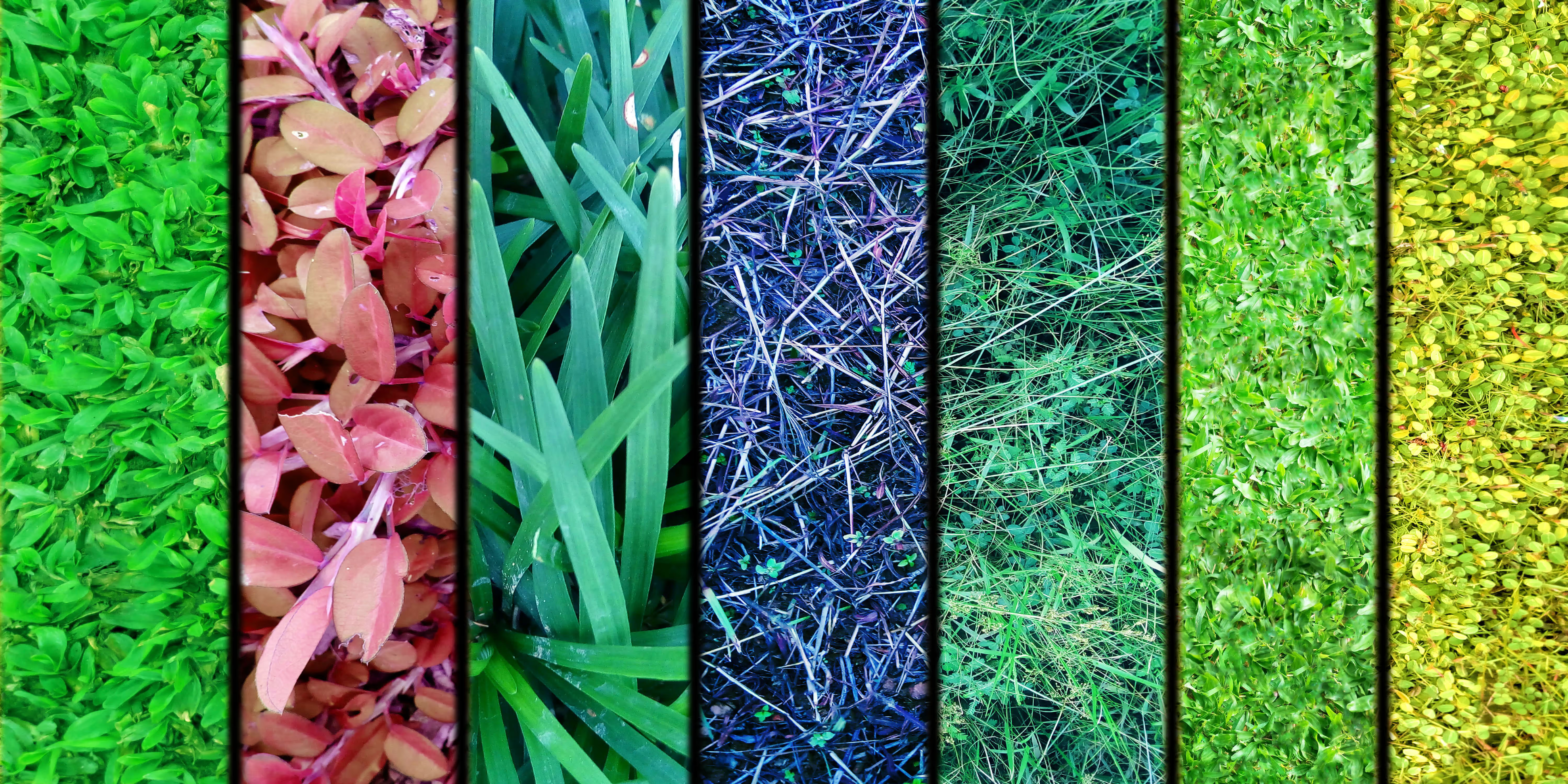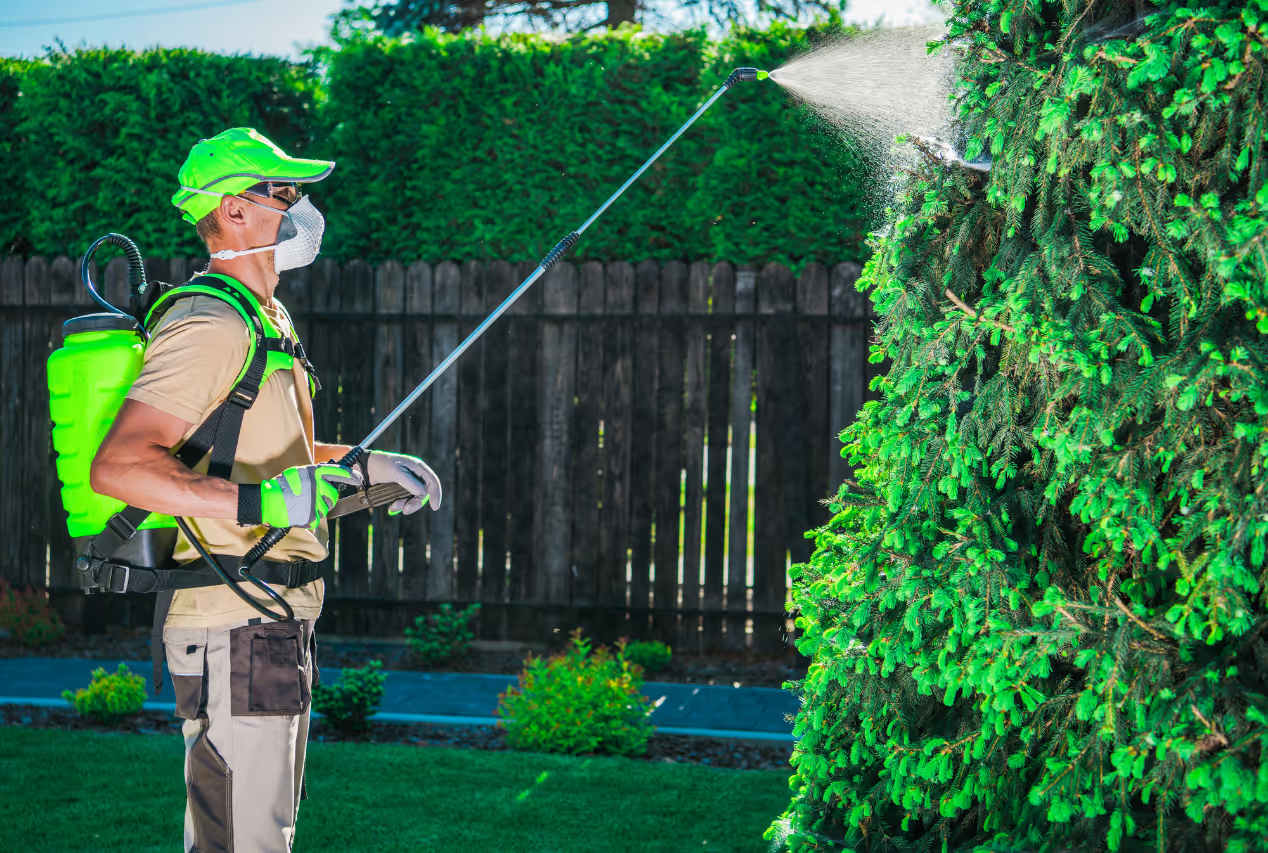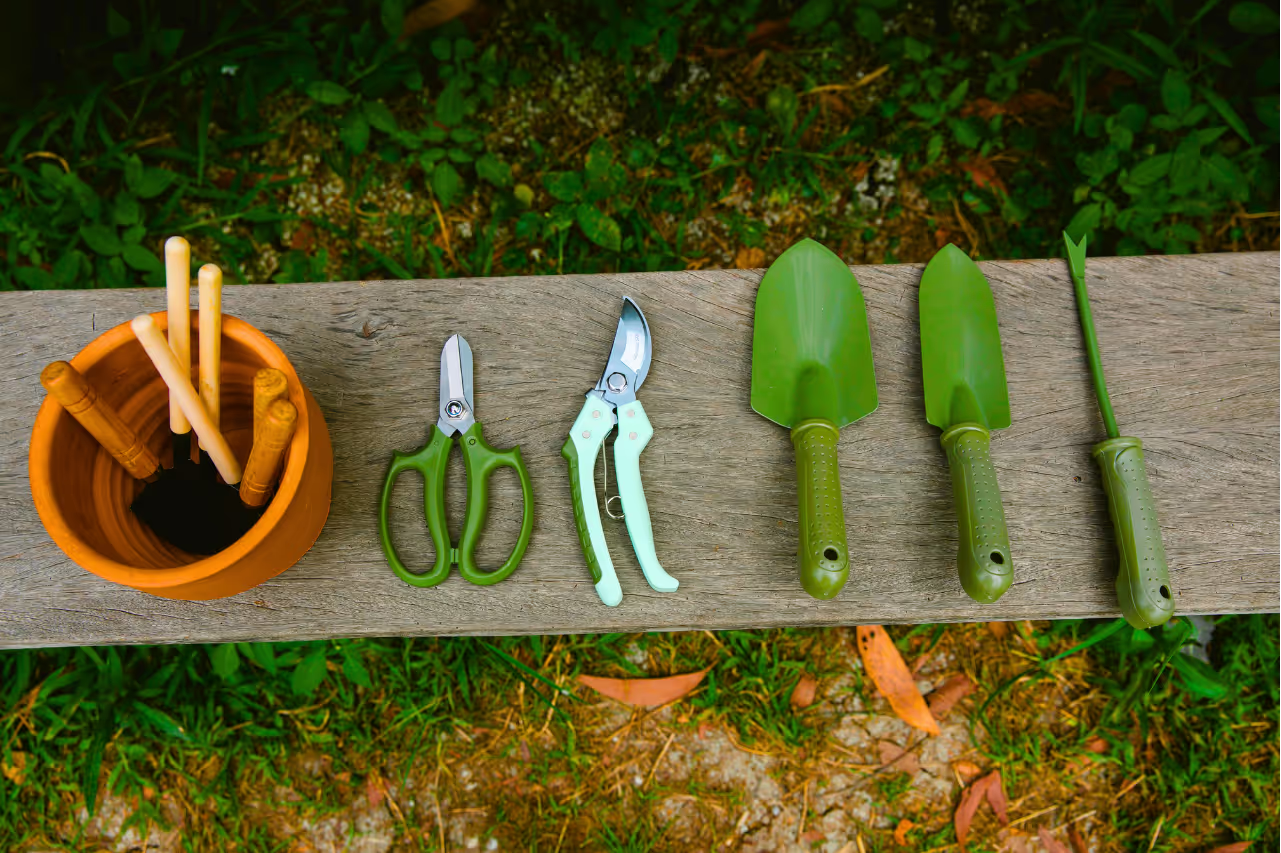Lawn Care Mistakes: What Every Homeowner Needs to Know
Contributors
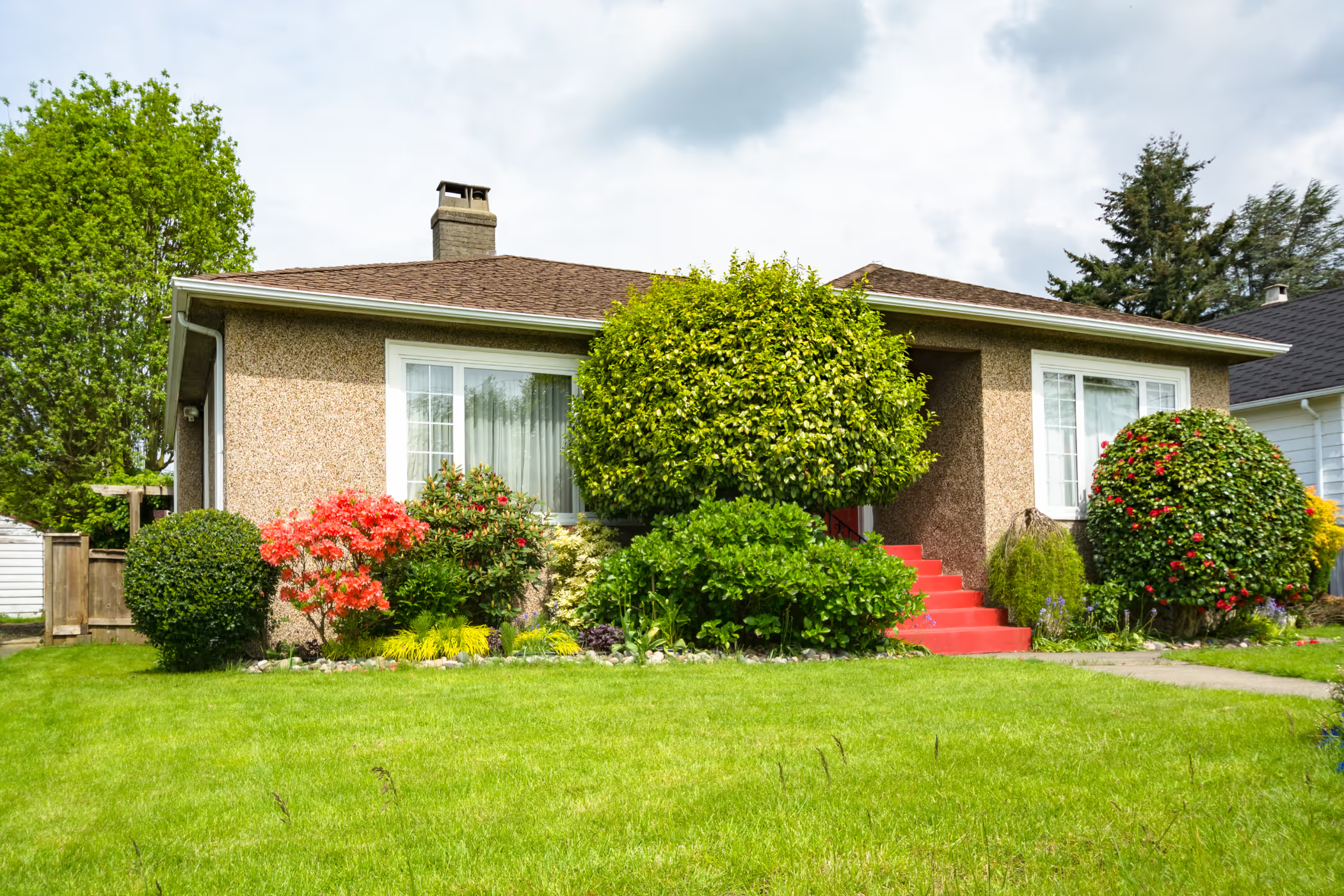
Maintaining a beautiful lawn isn’t as simple as it might seem. Even experienced gardeners can fall into common traps that compromise their lawn’s health and appearance. Let’s dive into the most critical mistakes to avoid and how to create a truly stunning outdoor space.
1. The Overwatering Trap
Many homeowners believe that more water equals a healthier lawn. In reality, overwatering can be just as damaging as underwatering.
The Risks of Overwatering:
- Shallow root development
- Increased susceptibility to diseases
- Wasted water and higher utility bills
- Promotes fungal growth
Pro Tip: Water deeply but less frequently. Aim for about 1-1.5 inches of water per week, adjusting for rainfall and local conditions.
2. Neglecting Soil Health
Your lawn’s foundation is its soil. Ignoring soil health is like building a house on unstable ground.
Why Soil Matters:
- Provides essential nutrients
- Supports root growth
- Determines water retention
- Impacts overall lawn resilience
We recommend regular soil testing to understand your lawn’s specific needs. Penn State Extension offers comprehensive soil management guidance to help you maintain optimal soil conditions.
Soil Health Strategies:
- Conduct annual soil tests
- Add organic matter
- Balance pH levels
- Use appropriate fertilizers
3. Mowing Too Short: A Common Mistake
Many homeowners believe a super-short lawn looks neat and tidy. However, cutting grass too short can cause significant stress to your turf.
Consequences of Scalping Your Lawn:
- Weakened grass roots
- Increased weed vulnerability
- Reduced drought tolerance
- Increased risk of disease
Ideal Mowing Height:
- Cool-season grasses: 2.5 to 3.5 inches
- Adjust height based on grass type and season
Expert Recommendations
- Understand your specific grass type
- Invest in soil health
- Water strategically
- Mow at the correct height
- Monitor and adapt your lawn care routine
Don't Make these Common Mistakes!
A beautiful lawn isn’t about perfection—it’s about understanding and working with nature. By avoiding these common pitfalls, you’ll create a resilient, vibrant landscape that enhances your property’s beauty and value.
At Legal Landscaping, we’re passionate about helping homeowners achieve their lawn care goals. Need personalized advice? We’re just a call away.
Popular Posts
At Legal Landscaping, we understand that the foundation of a beautiful lawn starts with knowing your grass. The type of grass you choose can make all the difference in maintaining a lush, healthy landscape that thrives in New Jersey’s unique climate.
Cool Season Grasses: New Jersey’s Lawn Champions
New Jersey’s climate is perfectly suited for cool season grasses, which flourish in temperatures below 75°F. These resilient grass types are the backbone of most New Jersey lawns, offering exceptional performance during our cooler months.
Key Cool Season Grass Varieties
- Kentucky Bluegrass
- Dense, rich green appearance
- Excellent cold tolerance
- Self-repairing capabilities
- Ideal for full sun to partial shade areas
- Fescues
- Remarkable drought resistance
- Tolerates shade better than other grass types
- Multiple varieties (tall, fine, and meadow fescues)
- Low maintenance requirements
- Ryegrass
- Quick germination and establishment
- Provides excellent ground cover
- Often used in seed mixes for rapid lawn development
- Bright green color and fine texture
Warm Season Grasses: Rare but Noteworthy
While less common in New Jersey, warm season grasses do have a place in certain transitional areas of the state. These grasses thrive in temperatures between 80 and 95°F.
Transitional Grass Options
- Zoysia Grass
- Extremely dense growth pattern
- Excellent heat and drought tolerance
- Requires less water than cool season grasses
- Slower growth, which means less frequent mowing
- Bermuda Grass
- Rapid growth and recovery
- Superior heat resistance
- Works well in high-traffic areas
- Requires full sun exposure
Mixed Grass Landscapes
Many New Jersey properties feature a combination of grass types, strategically planted to maximize lawn health and appearance. This approach allows homeowners to leverage the unique strengths of different grass varieties.
Professional Insights
Selecting the right grass isn’t just about appearance—it’s about creating a sustainable, low-maintenance landscape that thrives in our local climate. At Legal Landscaping, our experts can help you:
- Identify your current grass types
- Develop a customized maintenance strategy
- Recommend overseeding or renovation techniques
- Create a lawn care plan tailored to your specific grass varieties
Maintenance Tips for New Jersey Lawns
- Aerate cool season grasses in early fall or spring
- Fertilize according to each grass type’s specific needs
- Adjust mowing height based on grass variety
- Monitor for seasonal stress and disease
Does Grass REALLY Matter?
Understanding your lawn’s grass type is the first step in creating a beautiful, resilient outdoor space. Whether you have a pure cool season lawn or a mixed grass landscape, proper care and knowledge are key to a thriving New Jersey lawn.
Ready to transform your lawn? Contact Legal Landscaping for a personalized grass care consultation.
In an era where environmental consciousness is paramount, your lawn care routine can play a significant role in promoting sustainability. At Legal Landscaping, we’re committed to practices that not only create stunning outdoor spaces but also contribute to a healthier planet. Let’s explore how you can revolutionize your lawn care approach with these eco-friendly strategies.
Organic Fertilizers: Nourishment from Nature
Chemical fertilizers may offer quick results, but they can harm beneficial soil organisms and contribute to water pollution. Organic alternatives provide a sustainable solution:
- Compost: Rich in nutrients and beneficial microorganisms
- Bone meal: Excellent source of phosphorus for root development
- Fish emulsion: Provides nitrogen for lush, green growth
- Seaweed extract: Packed with micronutrients for overall plant health
These natural options improve soil structure, enhance water retention, and promote long-term lawn health without compromising the environment.
Drought-Resistant Plants: Beauty Meets Efficiency
Incorporating drought-resistant plants into your landscape design is a smart move for both aesthetics and water conservation. According to the Environmental Protection Agency, drought-tolerant landscaping can reduce outdoor water use by 20-50 percent.
Consider these water-wise options:
- Lavender: Fragrant and beautiful, thrives in sunny, dry conditions
- Sedum: Succulent ground cover with vibrant colors
- Black-Eyed Susan: Cheerful flowers that attract pollinators
- Ornamental grasses: Add texture and movement with minimal water needs
These plants not only reduce water consumption but also require less maintenance, giving you more time to enjoy your outdoor space.
Mulching: Nature’s Recycling System
Mulching is a simple yet powerful eco-friendly practice that offers multiple benefits:
- Nutrient recycling: Grass clippings return valuable nutrients to the soil
- Moisture retention: Reduces evaporation, keeping soil hydrated longer
- Weed suppression: Natural barrier against weed growth
- Soil temperature regulation: Protects roots from extreme temperatures
To mulch effectively:
- Leave grass clippings on the lawn after mowing
- Ensure even distribution to avoid clumping
- Consider a mulching mower for optimal results
Beyond the Basics: Additional Eco-Friendly Practices
- Rain barrels: Collect rainwater for irrigation
- Native plants: Choose species adapted to your local climate
- Integrated Pest Management (IPM): Use natural predators and targeted treatments to manage pests
The Legal Landscaping Approach
At Legal Landscaping, we’re passionate about creating beautiful, sustainable landscapes. Our team of experts can help you implement these eco-friendly practices and more, ensuring your outdoor space is not only stunning but also environmentally responsible.
Ready to transform your lawn care routine? Contact us for a personalized eco-friendly landscaping plan.
Why the Right Tools Matter
In the world of lawn care, your tools are your greatest allies. The difference between a good lawn and a great lawn often comes down to having the right equipment at your fingertips. Let’s dive into the essential tools every homeowner needs to transform their outdoor space.
The Lawn Mower: Your Landscaping Cornerstone
Choosing the Right Mower
- Push Mowers: Ideal for smaller lawns
- Self-Propelled Mowers: Perfect for medium-sized yards
- Riding Mowers: Essential for large properties
Key Considerations
- Lawn size
- Terrain type
- Storage space
- Budget
- Physical capabilities
The Rake: More Than Just Leaf Collection
Types of Rakes
- Leaf Rake: Lightweight, flexible for leaf collection
- Bow Rake: Heavy-duty, great for soil work
- Thatch Rake: Specialized for removing dead grass
Beyond Leaf Removal
- Soil preparation
- Seed spreading
- Lawn dethatching
- Debris management
The Aerator: Your Lawn’s Secret Weapon
Why Aeration Matters
- Improves soil oxygen circulation
- Enhances nutrient absorption
- Promotes root growth
- Reduces soil compaction
Aeration Options
- Manual Aerators: Budget-friendly, great for small areas
- Plug Aerators: Most effective for comprehensive soil treatment
- Spike Aerators: Quick solution for minor compaction
Pro Tips for Tool Selection
- Invest in quality over quantity
- Maintain your tools regularly
- Store tools properly
- Consider your specific lawn’s needs
You're Only As Good As Your Tools
The right tools are your passport to a stunning lawn. At Legal Landscaping, we believe in empowering homeowners with knowledge and the right equipment. Remember, a well-maintained lawn is a reflection of care, precision, and passion.
Need expert advice on selecting the perfect lawn care tools? Our team is always ready to help you create the lawn of your dreams.
